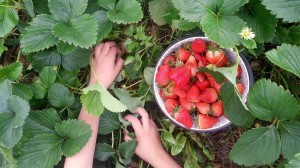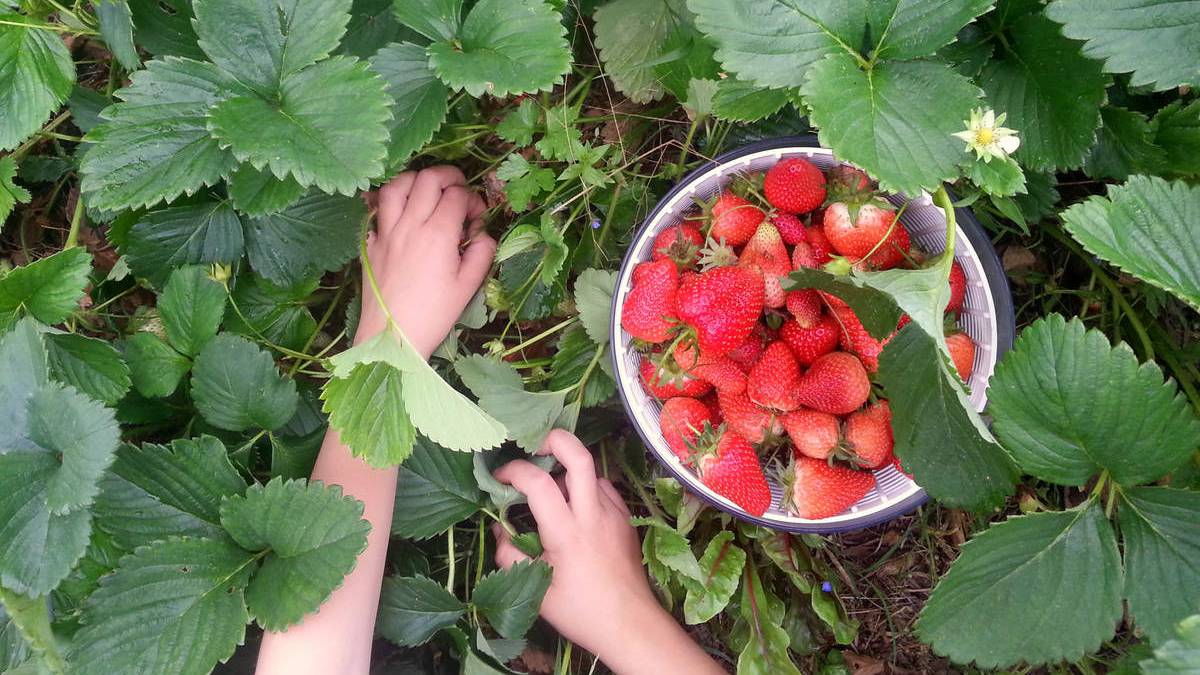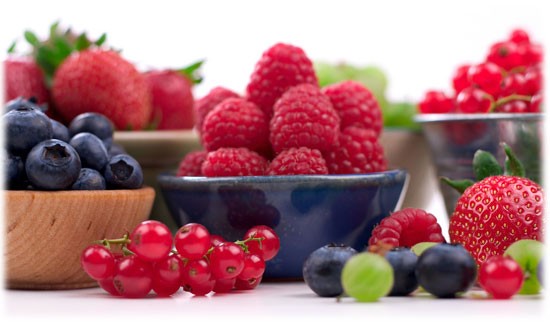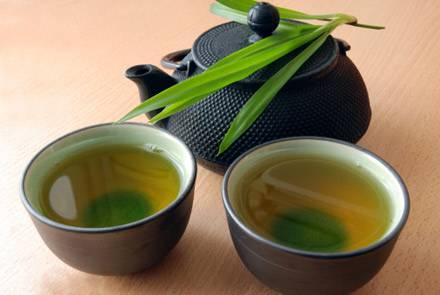
Since eating in season is what Spring Vegan is about, and strawberries are a late spring treat, I thought that it would be important to talk a little more about this wonderful California fruit that we all love. Due to concerns I previously had with the cultivation of strawberries, I usually pass them by at the market. It was not until a box of strawberries came with one of my vegetable boxes that I did a little more digging.
After our investigation revealed just how much dangerous pesticides it takes to grow strawberries, many people wrote to us saying they would start buying organic.
But even that won’t fully address the problem: When they are starting out, organic strawberry plants are grown with the help of fumigants, the hard-to-control class of pesticides that have been linked to cancer, developmental problems and the hole in the ozone layer.
Strawberries don’t grow up where they are born. They get their start in nurseries in inland Northern California before being shipped south in an effort to mimic natural progression of winter to spring. They finish their lifespan along the California coast in places such as Monterey and Ventura counties.
The federal code allows organic farmers to use strawberry starts grown in fumigated soil if there are no organic starts “commercially available.”
And that’s the case in California. There isn’t a single organic strawberry nursery …
Strawberries are the most chemically intensive crop in California. Most commercial strawberry growers use methyl bromide, a toxic, ozone-depleting chemical, to eradicate all fungus, nematodes, microorganisms and weeds, effectively killing every living thing in the soil where strawberry plants are grown. For the remaining growth cycle, the berry plants are drip-fed chemical fertilizers. Because methyl bromide can cause poisoning, neurological damage and reproductive harm, the EPA (US Environmental Protection Agency) classifies it as a Toxicity Category I compound, which is a classification reserved for the most deadly substances it regulates.
Nonorganic strawberries are highly likely to contain pesticide residue after harvest. When the PDP (the USDA's Pesticide Data Program) releases its annual list of produce samples with residues that exceed tolerance levels, strawberries appear more often than any other fruit or vegetable.
Please Read this Article at NaturalBlaze.com





Leave a Reply